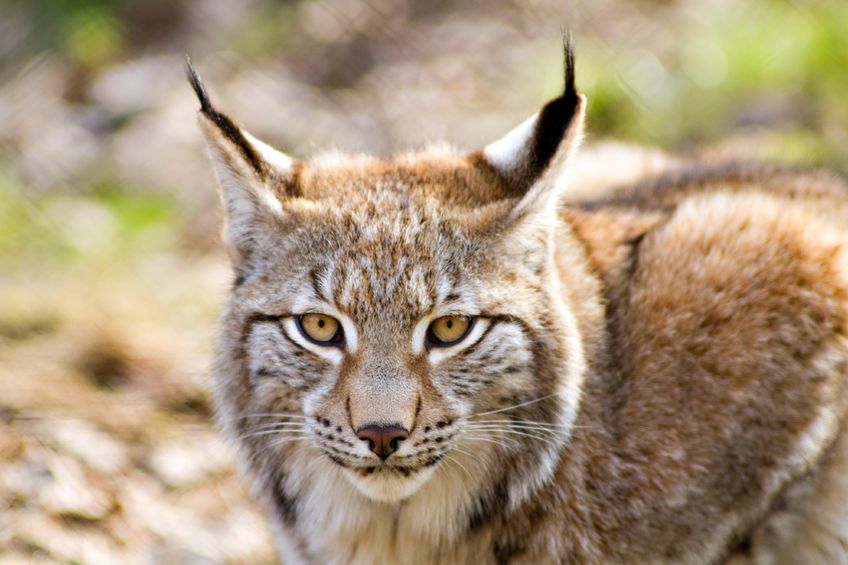
Sheep farmers have re-emphasised the risks of reintroducing lynx in the UK one year on from the initial licence application by Lynx UK Trust.
The National Sheep Association (NSA) say releasing lynx would have many negative consequences, not just for sheep but also for other wild species and the lynx themselves.
It follows news of Lynx UK Trust, a campaign group fighting for lynx re-introduction, submitting plans to Natural England for permission to carry out lynx re-introduction in Kielder forest, Northumberland.
This is the first ever application made in the UK for the species to be re-introduced.
NSA Chief Executive, Phil Stocker says: “If those raising the debate from the side of the lynx were more open to discussion and willing to hear counter points, they might understand the problems that reintroducing this wild cat would bring.
“UK farming is not set up to deal with this kind of predator, and we feel very strongly that its reintroduction would be hugely damaging.”
'Natural balance'
However, Lynx UK Trust claims it has found considerable support from landowners to release the wild cats in Agryllshire and Inverness-shire.
The Trust believes reintroduction is vital in "re-storing a natural balance" in the British countryside.
Indeed, lynx campaigners believe the animal is a native species that belongs in the UK, having been hunted to extinction around 500-700AD.
But Mr Stocker says if the lynx was re-introduced, after more than 1,000 years of extinction, the UK's natural life would not be prepared for the predator.
“The bare fact of the matter is the lynx does not belong in the UK wildlife ecosystem anymore,” he says.
“While Kielder and north west parts of the Scottish Highlands may provide suitable habitat and sufficient food sources in theory, they are isolated from other such areas of habitat meaning we’d never get to the minimum population of lynx needed to avoid the welfare issues of in-breeding and genetic deformities.
“In addition, lynx are known to feed on red squirrels and ground nesting birds such as the curlew,” Mr Stocker adds.
Norway losses
On a recent study trip to Norway, a farming delegation heard that, in 2016, Norwegian authorities paid out compensation on nearly 20,000 sheep lost to predators.
Of the total amount of sheep killed in Norway, wolverine accounted for around 34 per cent of losses with the lynx, bear and wolf accounting for 21 per cent, 15 per cent and 9 per cent respectively.
Commenting after the Norway trip, NFU Scotland Vice President Martin Kennedy said the biggest challenge Norwegian sheep farmers face is predation by large carnivores.
Mr Stocker says Norway is struggling to cope with the cats: “Unlike in the UK, sheep are regularly housed or penned at night-time in Norway and are often herded by shepherds by day.
“Even then, we hear of lynx clearing a six-foot gate to kill and take sheep. With UK sheep roaming freely and unattended for most of the day they are highly likely to be even more at risk,” he adds.
The NSA says it is a positive sign that a year has passed since the licence application was submitted, as this shows a lot of consideration is being given to the situation.
